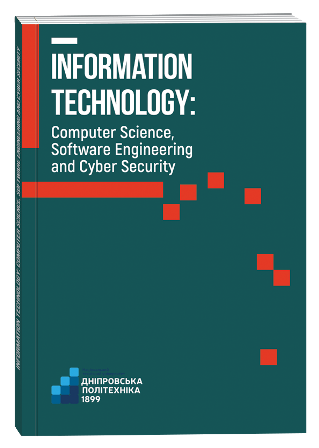AUTOMATIC MACHINE LEARNING METHODS USAGE TO PREDICT NATURAL PHENOMENA
DOI:
https://doi.org/10.32782/IT/2024-2-8Keywords:
Automated machine learning, AutoML, natural phenomenaAbstract
Automated machine learning, also named as automated ML or AutoML is the process of automating the complex, time-consuming and repetitive tasks of developing machine learning models. Machine learning methods enable computers to operate autonomously without explicit programming. The purpose of the work is to investigate the use of automatic machine learning methods for forecasting progenitor phenomena. Machine learning applications are fed with new data, and they can independently learn, grow, develop, and adapt. Machine learning is based on finding complex and non-obvious dependencies in existing data about past emergency and risky situations. Machine learning uses data from other earthquakes, natural disasters or other various processes. The scientific novelty is to use machine learning to predict the occurrence of a natural phenomenon. As a result, the algorithm finds patterns that may signal an approaching disaster. With the help of it data scientists can subsequently build machine learning models with high scalability, efficiency, and performance while maintaining model quality. The methodology is based on machine learning algorithms formed on the basis of a training data set to create a model. As new input data is introduced to the trained machine learning algorithm, it uses the developed model to make a prediction.The usage of automated machine learning could help effectively forecast local disasters and subsequently improve forecasting performance. Machine learning algorithms typically consume and process data to learn the related patterns about individuals, business processes, transactions, events, and so on. The function of a machine learning system can be descriptive, meaning that the system uses the data to explain what happened; predictive, meaning the system uses the data to predict what will happen; or prescriptive, meaning the system will use the data to make suggestions about what action to take. In the following, we discuss various types of real-world data as well as some categories of machine learning algorithms. Conclusion: аs a result of this article, the new software product and the performed analysis can be used for further integration, analysis and research.
References
A. Criminisi J. Shotton E. K. Decision forests for classication, regression, density estimation, manifold learning and semi-supervised learning. 2011. Tech. Rep. MSR-TR2011-114: Microsoft Research.
Geurts P., Damien E., Wehenkel L. Extremely randomized trees. Machine Learning. 2006.
Rendle S. Factorization machines with libfm. ACM TIST. 2012.
Hackeling G. Mastering Machine Learning with scikit-learn. Packt Publishing Ltd. 2017.
Pedregosa F. Scikit-learn: Machine learning in Python //Journal of machine learning research. 2011.
Biggio B., Corona I., Maiorca D. Evasion attacks against machine learning at test time. Springer. 2013.
Seyed-Mohsen M.-D., Alhussein F., Pascal F. Deepfool: a simple and accurate method to fool deep neural networks. 2016.
Carlini N., Wagner D. Towards evaluating the robustness of neural networks. 2017.
Nilsson, R., Pena, J.M., Bjorkegren, J., Tegner, J. Consistent feature selection for pattern recognition in polynomial time. 2007.
Arinta, R.R., Andi, E.W.R. Natural disaster application on big data and machine learning: A review. In Proceedings of the 2019 4th International Conference on Information Technology, Information Systems and Electrical Engineering (ICITISEE), Yogyakarta, Indonesia, 20–21 November 2019. Volume 6, pp. 249–254.
Akshya, J., Priyadarsini, P.L.K. A hybrid machine learning approach for classifying aerial images of flood-hit areas. In Proceedings of the 2019 International Conference on Computational Intelligence in Data Science (ICCIDS), Chennai, India, 2019. 21–23.







